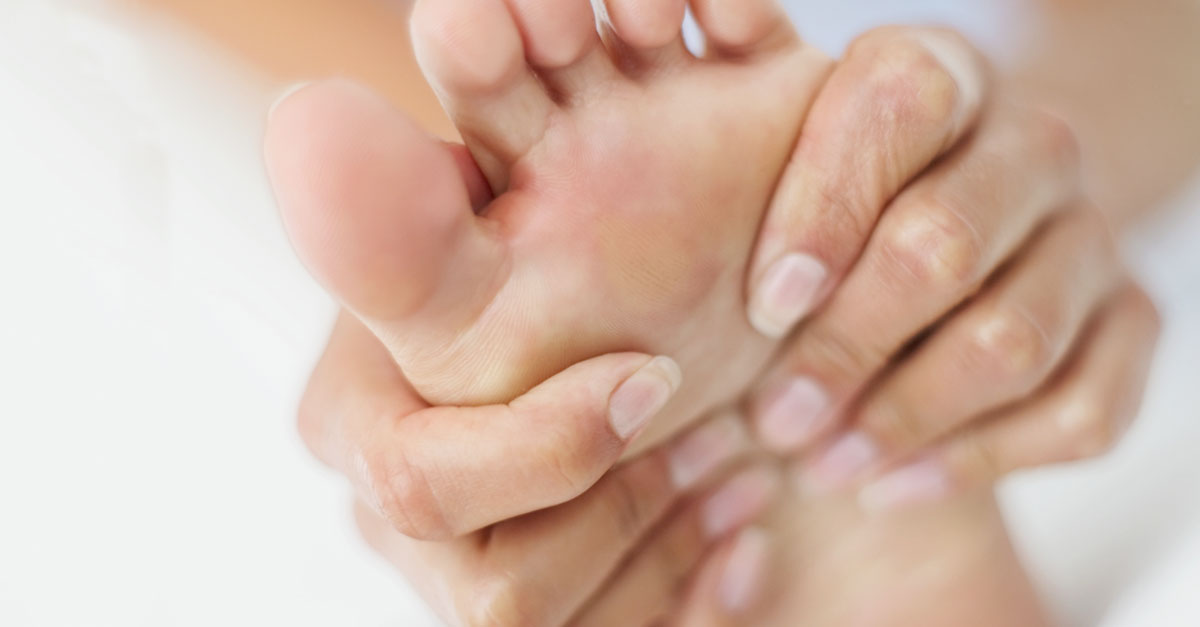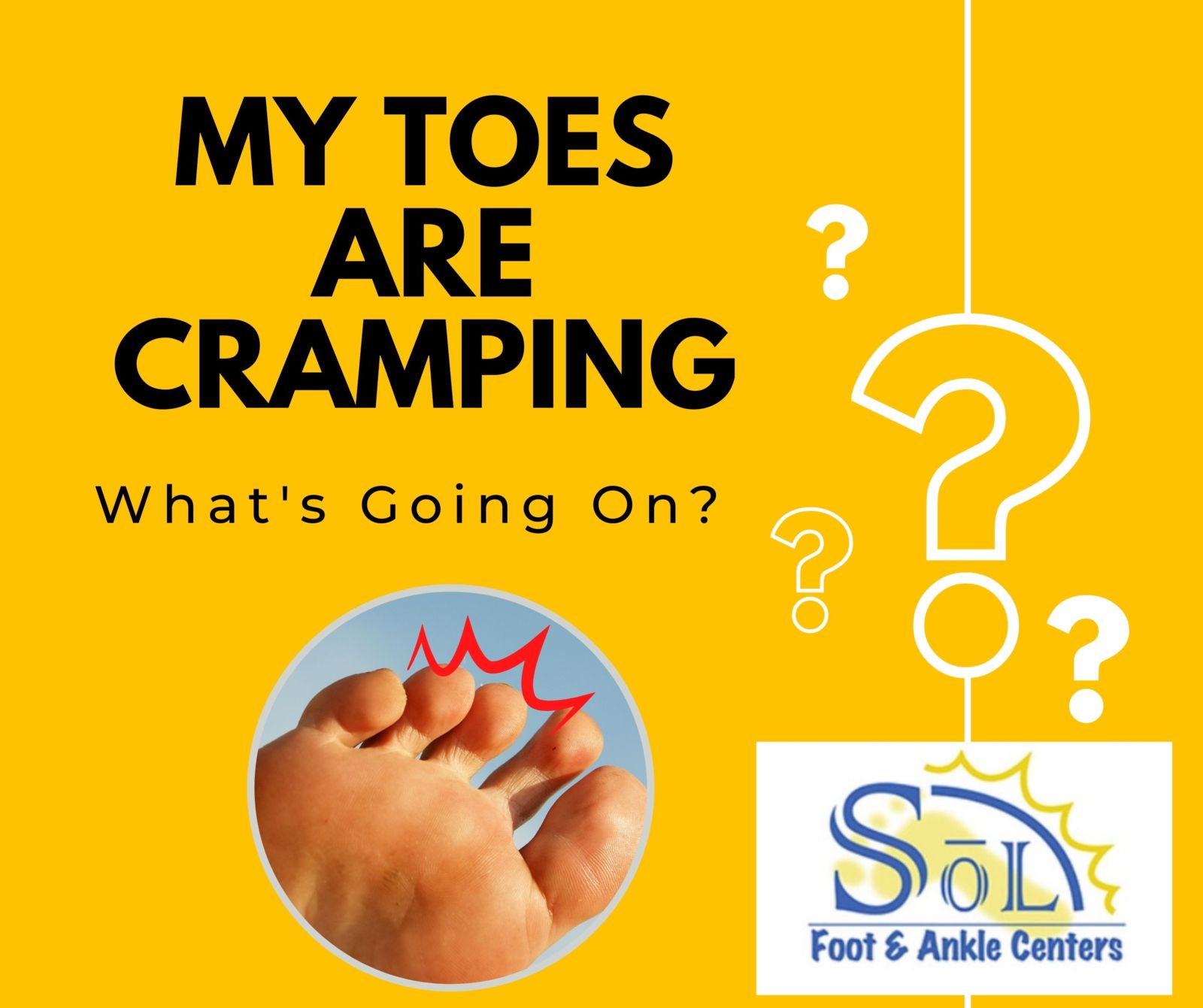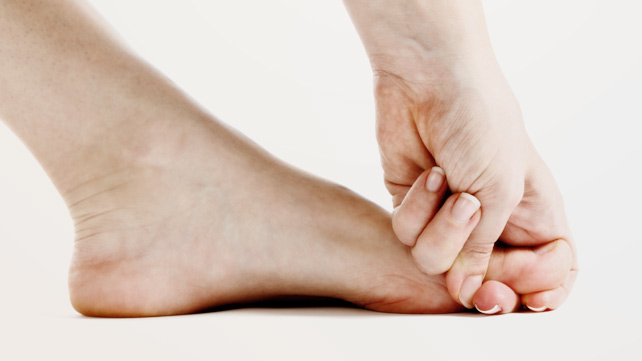Identifying the Origins of Foot and Toe Cramps
Foot and toe cramps are a common ailment experienced by many individuals, often causing discomfort and disrupting daily activities. These sudden, involuntary muscle contractions can be traced back to various sources, such as muscle fatigue, dehydration, and nerve issues. Understanding the underlying causes of cramps in feet and toes is essential for implementing effective prevention strategies and alleviating discomfort when cramps occur.
The Role of Muscle Fatigue in Foot and Toe Cramps
Muscle fatigue is a common culprit behind foot and toe cramps, particularly for athletes, dancers, and individuals with active lifestyles. When muscles are overused or undergo strenuous activity, they can become fatigued, leading to involuntary contractions and cramping. To prevent and alleviate muscle fatigue-related cramps, consider the following tips:
- Gradual Progression: Increase the intensity and duration of your workouts gradually, allowing your muscles to adapt to new challenges and reducing the risk of fatigue-induced cramps.
- Warm-Up and Cool-Down: Proper warm-up and cool-down routines can help prepare your muscles for exercise and promote recovery, reducing the likelihood of fatigue and cramping.
- Rest and Recovery: Ensure adequate rest between workouts and allow your muscles to recover. Overtraining can lead to persistent muscle fatigue and increase the risk of cramps.
- Stretching and Strengthening Exercises: Incorporate regular stretching and strengthening exercises into your routine to improve muscle flexibility and endurance, thereby reducing the risk of fatigue-related cramps.
Hydration and its Impact on Foot and Toe Cramps
Proper hydration plays a crucial role in maintaining healthy muscles and preventing foot and toe cramps. Dehydration can lead to an imbalance of electrolytes in the body, causing muscles to become hypersensitive and prone to cramping. To ensure optimal hydration and reduce the risk of cramps, consider the following guidelines:
- Drink Plenty of Water: Aim to consume at least 8 to 10 cups of water per day, increasing your intake during exercise or when exposed to high temperatures. Listen to your body and drink water when you feel thirsty.
- Replace Electrolytes: When engaging in strenuous activities or sweating heavily, consider consuming sports drinks or electrolyte-infused water to help maintain the balance of essential minerals in your body.
- Monitor Urine Color: A pale yellow color typically indicates proper hydration. If your urine is darker, increase your fluid intake.
- Limit Diuretics: Reduce your consumption of diuretics, such as caffeine and alcohol, which can contribute to dehydration and increase the risk of cramps.
Nerve Issues and Foot and Toe Cramps: What’s the Connection?
Nerve problems, such as neuralgia and sciatica, can sometimes contribute to foot and toe cramps. Neuralgia refers to nerve pain or irritation, often resulting from damage or injury to the nerve. Sciatica, on the other hand, is a condition characterized by pain, tingling, or numbness in the lower back, hips, and legs due to compression or irritation of the sciatic nerve. Both conditions can cause muscle cramping in the feet and toes.
To identify nerve-related cramps, look out for the following symptoms:
- Persistent Cramping: Unlike muscle fatigue or dehydration-induced cramps, nerve-related cramps may persist even after rest and rehydration.
- Radiating Pain: Nerve-related cramps may be accompanied by radiating pain, tingling, or numbness in the affected limb.
- Weakness: Nerve issues can lead to muscle weakness, making it difficult to maintain balance or perform daily activities.
If you suspect that nerve problems are causing your foot and toe cramps, consult a medical professional. They can perform a thorough evaluation, diagnose the underlying condition, and recommend appropriate treatment options.
How to Alleviate Foot and Toe Cramps: Effective Techniques and Remedies
Foot and toe cramps can be uncomfortable and disruptive, but several techniques and remedies can help alleviate the discomfort. Here are some practical tips for finding relief when cramps occur:
- Stretching: Gently stretch the affected muscles by pointing and flexing your toes or performing an upward and downward motion with your foot. Hold each stretch for 15 to 30 seconds and repeat as needed.
- Massage: Massage the affected area using circular motions to help relax the muscles and alleviate tension. Applying gentle pressure can also help improve blood flow and promote healing.
- Heat Therapy: Apply heat to the affected area using a heating pad, hot water bottle, or warm towel. Heat can help relax muscles, reduce tension, and alleviate cramping.
- Cold Therapy: For some individuals, cold therapy may provide relief. Apply an ice pack or a bag of frozen vegetables wrapped in a towel to the affected area to reduce inflammation and numb the pain.
- Hydration and Electrolytes: Ensure proper hydration and consider consuming electrolyte-rich foods or beverages to help maintain the balance of essential minerals in your body.
Remember that individual responses to these techniques may vary, so it’s essential to find the approach that works best for you. If cramps persist or are severe, consult a medical professional for further evaluation and guidance.
Preventing Foot and Toe Cramps: Incorporating Healthy Habits
Adopting healthy habits can significantly reduce the likelihood of experiencing foot and toe cramps. By incorporating regular exercise, balanced nutrition, and proper footwear into your daily routine, you can help maintain healthy muscles and prevent cramping. Here’s how:
Regular Exercise
Engaging in regular physical activity can help improve muscle strength, flexibility, and endurance, reducing the risk of cramping. Focus on exercises that target the lower leg muscles, such as calf raises, ankle rolls, and toe curls. Remember to warm up before exercising and cool down afterward to help prevent muscle fatigue and cramping.
Balanced Nutrition
A well-balanced diet rich in essential nutrients can help maintain healthy muscles and prevent cramping. Ensure you consume adequate amounts of:
- Protein: Necessary for muscle repair and growth.
- Carbohydrates: Your body’s primary energy source.
- Healthy Fats: Important for maintaining cell membrane health and hormone production.
- Electrolytes: Essential minerals, such as sodium, potassium, calcium, and magnesium, which help regulate muscle function and nerve impulses.
Proper Footwear
Wearing appropriate footwear can help prevent foot and toe cramps by providing adequate support, cushioning, and stability. Choose shoes that fit well, offer good arch support, and are designed for your specific activity level and foot type. Avoid wearing worn-out shoes, as they can contribute to muscle imbalances and cramping.
When to Consult a Medical Professional for Foot and Toe Cramps
While foot and toe cramps are often harmless and can be managed with home remedies and healthy habits, there are instances when consulting a medical professional is appropriate. Here are some situations where seeking medical advice is recommended:
- Persistent or Frequent Cramps: If you experience foot and toe cramps frequently or they persist for an extended period, it may be a sign of an underlying medical condition. A healthcare provider can help identify the root cause and recommend appropriate treatment.
- Severe Cramps: Intense or debilitating cramps that interfere with your daily activities or sleep should be evaluated by a medical professional. Severe cramping may indicate a more serious issue requiring medical intervention.
- Accompanying Symptoms: If foot and toe cramps are accompanied by other symptoms, such as swelling, redness, or warmth in the affected area, or if you experience muscle weakness, numbness, or tingling, consult a healthcare provider. These symptoms could indicate a more severe underlying condition.
- Known Medical Conditions: If you have a history of medical conditions, such as diabetes, nerve damage, or circulatory issues, consult your healthcare provider about managing foot and toe cramps. These conditions may require specialized care and treatment.
During a consultation, your healthcare provider will evaluate your symptoms, medical history, and lifestyle factors. They may perform a physical examination or recommend diagnostic tests to determine the cause of your foot and toe cramps. Based on their findings, they will develop a personalized treatment plan to address your specific needs and concerns.
Real-Life Solutions: Products for Foot and Toe Cramps
When foot and toe cramps become a recurring issue, incorporating specific products into your routine can help alleviate and prevent discomfort. Here are some innovative and creative solutions to consider:
Compression Socks
Compression socks provide graduated compression, starting at the ankle and gradually decreasing towards the calf. This compression helps improve circulation, reduce swelling, and prevent muscle fatigue, making them an excellent option for individuals prone to foot and toe cramps. Look for socks with a comfortable fit, moisture-wicking fabric, and a breathable design for all-day wear.
Foot Massagers
Foot massagers offer a convenient and accessible way to relieve foot and toe cramps. These devices use various techniques, such as rolling, kneading, and vibration, to target specific areas and alleviate tension. Some massagers even include heat therapy for added relaxation and pain relief. Choose a massager with adjustable intensity levels and multiple massage modes to customize your experience.
Electrolyte Supplements
Maintaining proper electrolyte balance is crucial for preventing foot and toe cramps. Electrolyte supplements, available in powder, tablet, or liquid form, can help replenish essential minerals lost through sweat. Look for supplements containing a balanced blend of sodium, potassium, calcium, and magnesium, and follow the recommended dosage instructions for optimal results.
Stretching Devices
Stretching devices, such as foot stretchers or toe separators, can help improve flexibility and prevent foot and toe cramps. These devices are designed to target specific muscles and joints, providing a gentle stretch that can alleviate tension and discomfort. Choose devices made from durable, comfortable materials and follow the manufacturer’s instructions for safe and effective use.
Topical Creams and Gels
Topical creams and gels containing menthol, capsaicin, or other natural ingredients can help soothe sore muscles and alleviate foot and toe cramps. These products provide localized relief by increasing blood flow, reducing inflammation, and desensitizing nerve endings. Look for products with a non-greasy formula and a pleasant scent, and follow the application instructions for best results.







:max_bytes(150000):strip_icc()/gout-185206944-5a7b2118ff1b78003749b20b.jpg)
